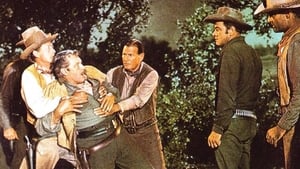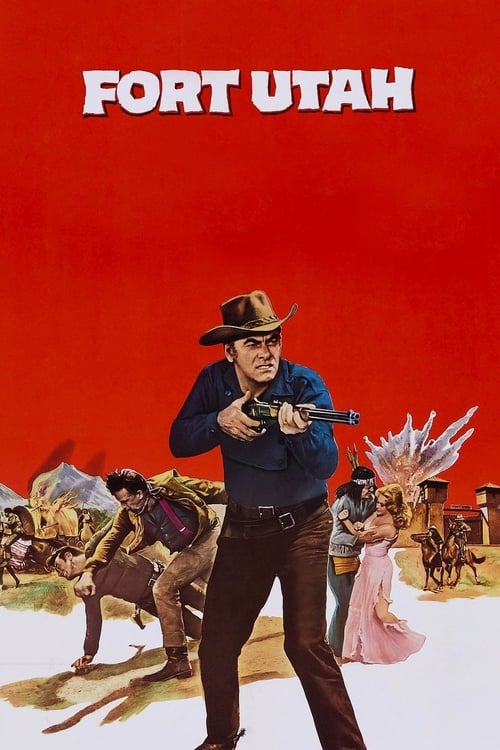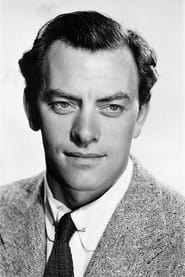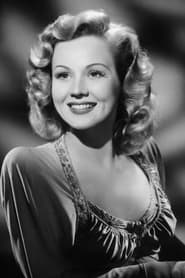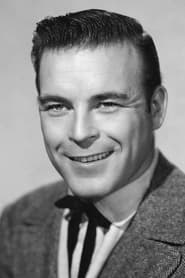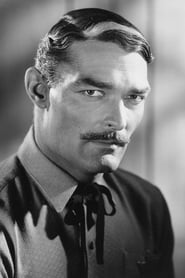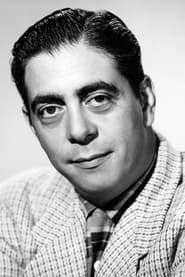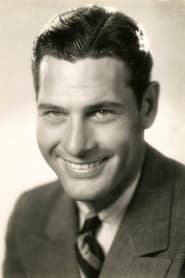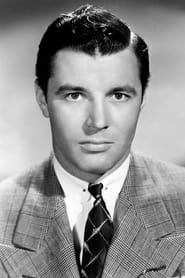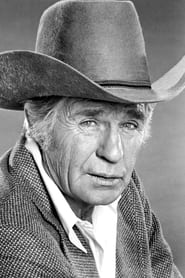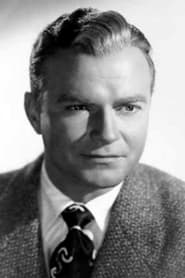Cast
View AllCrew
Director
- Lesley Selander
Producer
- A.C. Lyles
Reviews
John Chard
Utah Saints.
Fort Utah is directed by Lesley Selander and written by Steve Fisher and Andrew Craddock. It stars John Ireland, Virginia Mayo, Robert Strauss, Scott Brady, John Russell, Richard Arlen and James Craig. Music is by Jimmie Haskell and cinematography is by Lothrop Worth.
Drifter Tom Horn (Ireland) teams up with Indian Agent Ben Stokes (Strauss) to help a pioneer wagon train against army deserters and Indian renegades.
Filmed in Technicolor/Techniscope out at Vasquez Rocks and Santa Clarita in California, Fort Utah, in spite of being shot in 1966, feels like a 1950s Oater. Of course the big giveaway is that the headliners in the cast are more long in the tooth than back in the day. Yet collectively they have produced a a very decent Oater with old fashioned value.
There's plenty going on in the plotting. The Indians have had enough of the reservation living arrangements so a renegade band have fled, leaving Ben Stokes the not unenviable task of trying to locate and placate. There's a gang of army deserters - The Marrauders - led by nefarious Dajin (Brady) out for what they can get their hands on, illegally of course. Right in the middle of hostile territory is a wagon train of pioneers who unbeknown to themselves are going to need help to survive, enter Tom Horn and the Fort Utah of the title.
Pic never wants for action, Horn gets into a fight pretty much every ten minutes, be it fisticuffs or shoot-outs, there's barely pause for him to take breath, well except for when he's getting smitten with Linda Lee (Mayo a gorgeous mature at 46) that is. She's travelling with the wagon train and has a secret as well as a major cleavage that gets an airing during a ferocious Indian attack on the wagon train. Whilst unsurprisingly she's getting unwanted attention by a scallywag pioneer fellow...
Some of the stunt doubles are very poor, which sort of sits with Haskell's cheesy musical score, and the big finale features a WTF moment to close down the encounter. But with some very nice photography for the night time scenes, and the superb backdrop of Vasquez Rocks pleasing the eyes, one can't grumble about not having it all. It's not a classic of course, and it has some formulaic baggage to carry around, but for old fashioned Oater lovers this has much to recommend. 6.5/10
Jan 10, 2017
Thematic Analysis
Fort Utah represents a fascinating example of Western cinema, offering viewers a unique perspective on the human experience and societal structures. The film's approach to its themes demonstrates a creative vision that distinguishes it within its genre.
Director Lesley Selander brings their distinctive visual style to this film, continuing their exploration of themes seen in their previous works while adding new elements. Their approach to pacing and visual storytelling creates a viewing experience that rewards close attention.
Released in 1967, the film exists within a cultural context that now offers viewers historical perspective on the social issues of that era. Its reception demonstrates the diverse reactions to its artistic choices and its place in cinema history.
Did You Know?
- The production of Fort Utah took approximately 7 months from pre-production to final cut.
- The final cut of the film runs for 84 minutes, though the director's initial assembly was reportedly 131 minutes long.
- The musical score contains over 53 unique compositions.
- The film contains approximately 1700 individual shots.
- The costume department created over 152 unique costume pieces for the production.
Historical Context
- In 1967, when this film was released:
- Social and cultural revolution was transforming Western societies.
- The Vietnam War was becoming increasingly controversial.
- The film industry was dominated by major studios, with independent cinema still in its early development.
How This Film Stands Out
While Fort Utah shares thematic elements with other films in its genre, it distinguishes itself through its unique approach to storytelling, visual style, and character development.
Unlike One Man Job, which takes a more conventional approach to its subject matter, Fort Utah offers a fresh perspective through its innovative visual language and narrative structure.
While films like Cheyenne Cowboy and Stagecoach explore similar territory, Fort Utah stands apart through its distinctive directorial vision and pacing.
This film's unique contribution to cinema lies in its thoughtful balance of entertainment value and thematic depth, making it a valuable addition to its genre.
Details
- Release Date: September 1, 1967
- Runtime: 1h 24m
